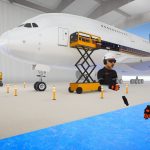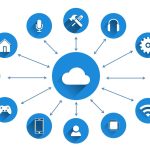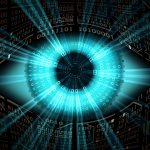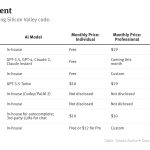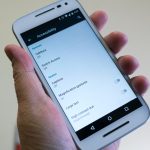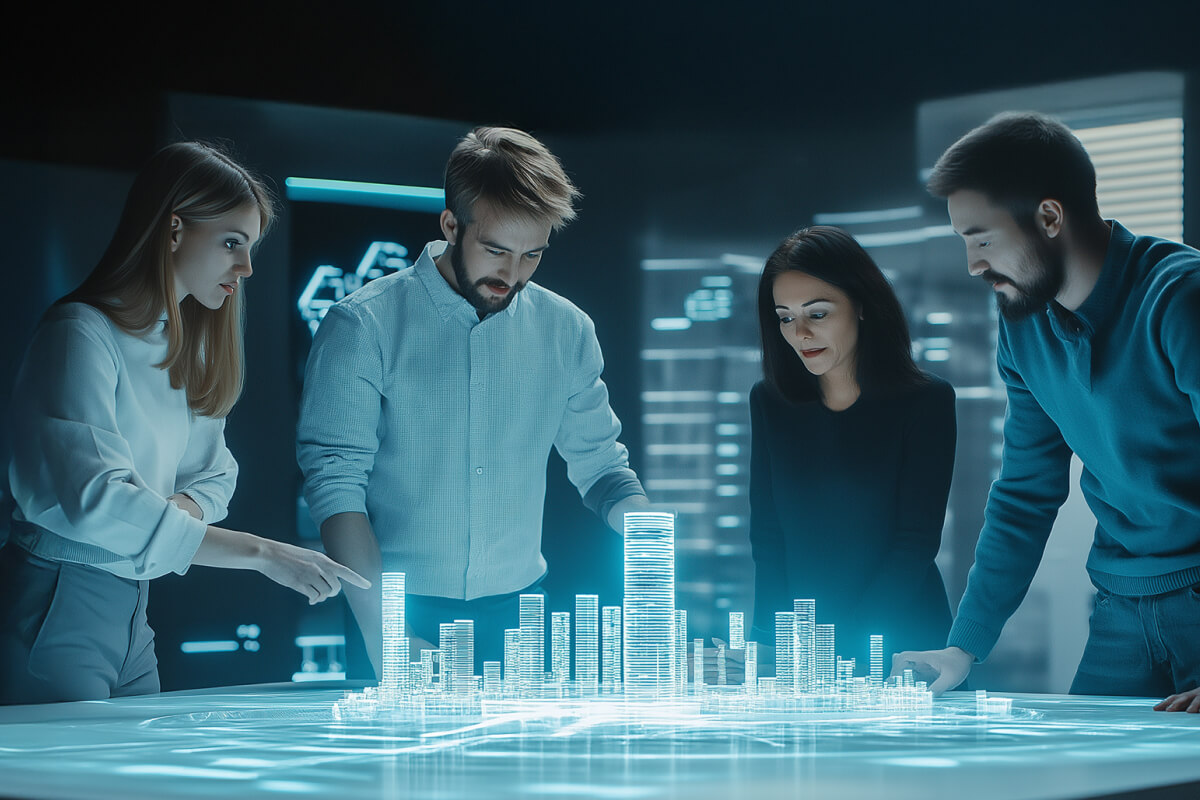
Imagine a city that exists in two places at once—one made of steel and concrete, the other of pixels and data. That’s the magic of digital twins, virtual replicas of physical spaces that are changing how we design, manage, and even dream about our urban futures. And honestly? The implications are staggering.
What Exactly Is a Digital Twin?
Think of it like a SimCity game—but with real-world stakes. A digital twin is a dynamic, data-driven model that mirrors a physical asset (a building, a bridge, or an entire city) in real time. Sensors, IoT devices, and AI feed it live updates, letting planners test scenarios before breaking ground.
Why Urban Planning Needs This Tech
Cities are messy. Traffic snarls, pollution spikes, housing shortages—you know the drill. Traditional planning relies on static maps and guesswork. Digital twins? They turn urban design into a living experiment. Here’s how:
1. Smarter Infrastructure Decisions
Picture this: A city wants to add a new bike lane. Instead of months of debate, planners simulate it in the digital twin. They check traffic flow, air quality changes, even how shadows might affect nearby cafes. No more costly “oops” moments.
2. Disaster-Proofing Cities
From floods to heatwaves, digital twins model climate risks with eerie accuracy. Singapore’s virtual copy, for instance, tests how rising sea levels could swamp neighborhoods—and where to build defenses.
3. Citizen Engagement That Actually Works
Ever sat through a town hall where blueprints made zero sense? Digital twins let residents walk through 3D proposals using VR. Suddenly, “mixed-use zoning” isn’t jargon—it’s something you can virtually stroll past.
Real Cities, Real Results
This isn’t sci-fi. Barcelona slashed energy use by 30% after modeling building efficiencies. Helsinki’s twin helped redesign public transit routes in weeks, not years. And New York? It used digital twins to cut emergency response times by predicting where fires might spread.
| City | Use Case | Impact |
| Singapore | Flood resilience | Reduced risk for 200+ buildings |
| Amsterdam | Circular economy | 85% less construction waste |
| Los Angeles | Traffic optimization | 12% drop in congestion |
The Hurdles (Because Nothing’s Perfect)
Sure, there are bumps. Data privacy worries? Valid. The cost of sensors? Not cheap. And let’s be real—some city councils still file paperwork in triplicate. But as tech gets cheaper and climate gets scarier, resistance is crumbling.
Where This Is Headed
The next wave? AI-powered twins that don’t just mimic cities—but anticipate problems before they happen. Think traffic jams predicted before cars even leave driveways, or power grids that self-adjust during heatwaves. Somewhere between a crystal ball and a superhero sidekick.
We’re standing at a crossroads—literally. Digital twins give us a chance to rebuild cities that aren’t just efficient, but resilient, equitable, maybe even joyful. The tools exist. The question is whether we’ll use them boldly enough.

